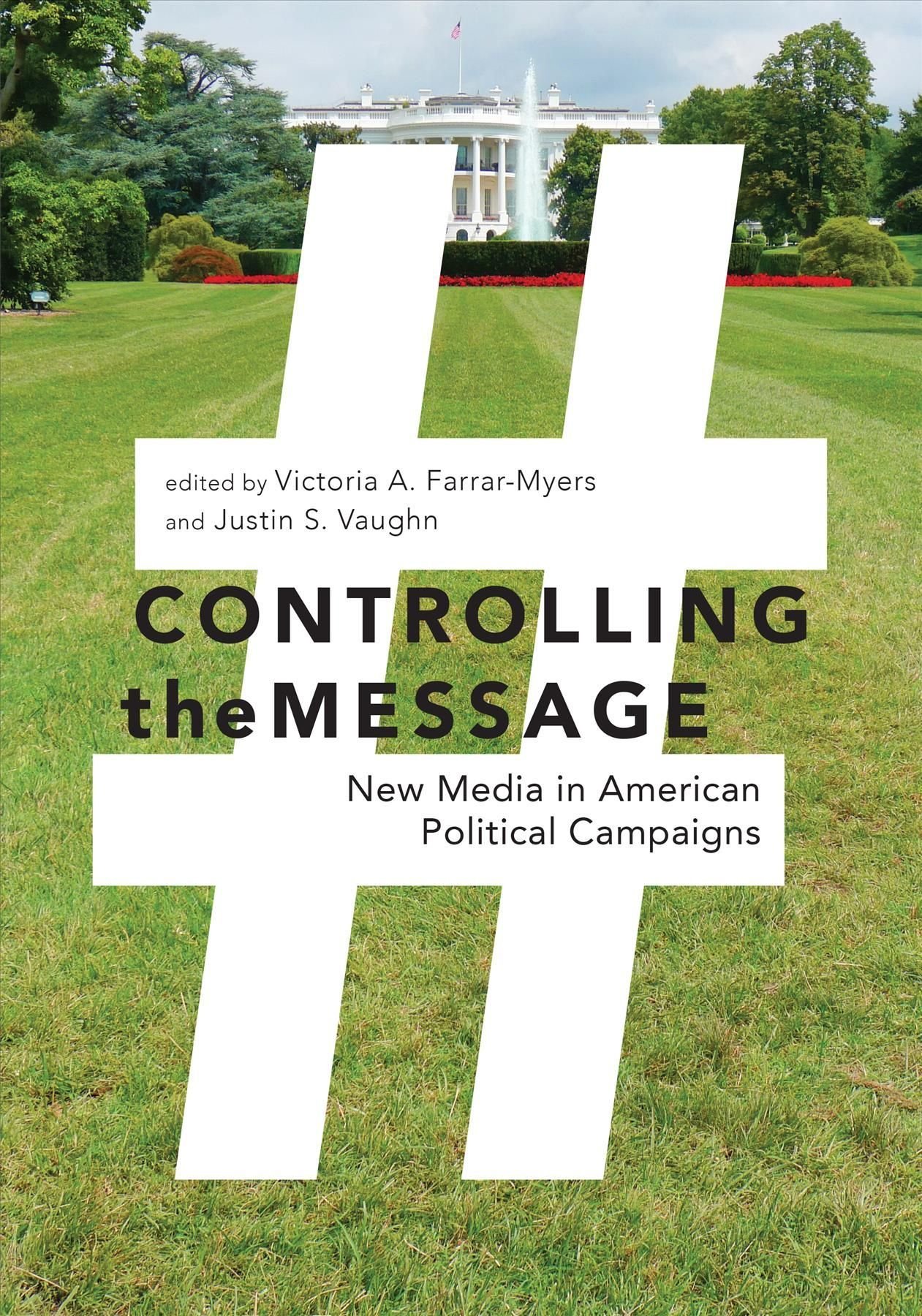This book explains changes to Iranian grand strategy over the past four decades, and it does so by advancing a multicausal model that unifies the three main paradigms of International Relations (IR) theory. Hence, ideas (constructivism) mediate between the structure of material capabilities (realism) and agents (liberalism) and interact with each to produce, respectively, threat perception and political preferences. Using these two explanatory factors, the author demonstrates how the Islamic Republic’s grand strategy has systematically varied over time to produce a mix of outcomes that includes balancing, expansionism, bandwagoning, appeasement, engagement and retrenchment. Beyond its theoretical contribution, this book is policy-relevant in that it explains - and predicts - the external conduct of what is arguably the Middle East’s most consequential actor, with implications reverberating far beyond the region. Academic in conception and rigor, the book is intended not only for specialists and practitioners but appeals to the lay reader interested in the broader Middle East/West Asia, the region’s relationship with major powers, and regional conflict dynamics.












